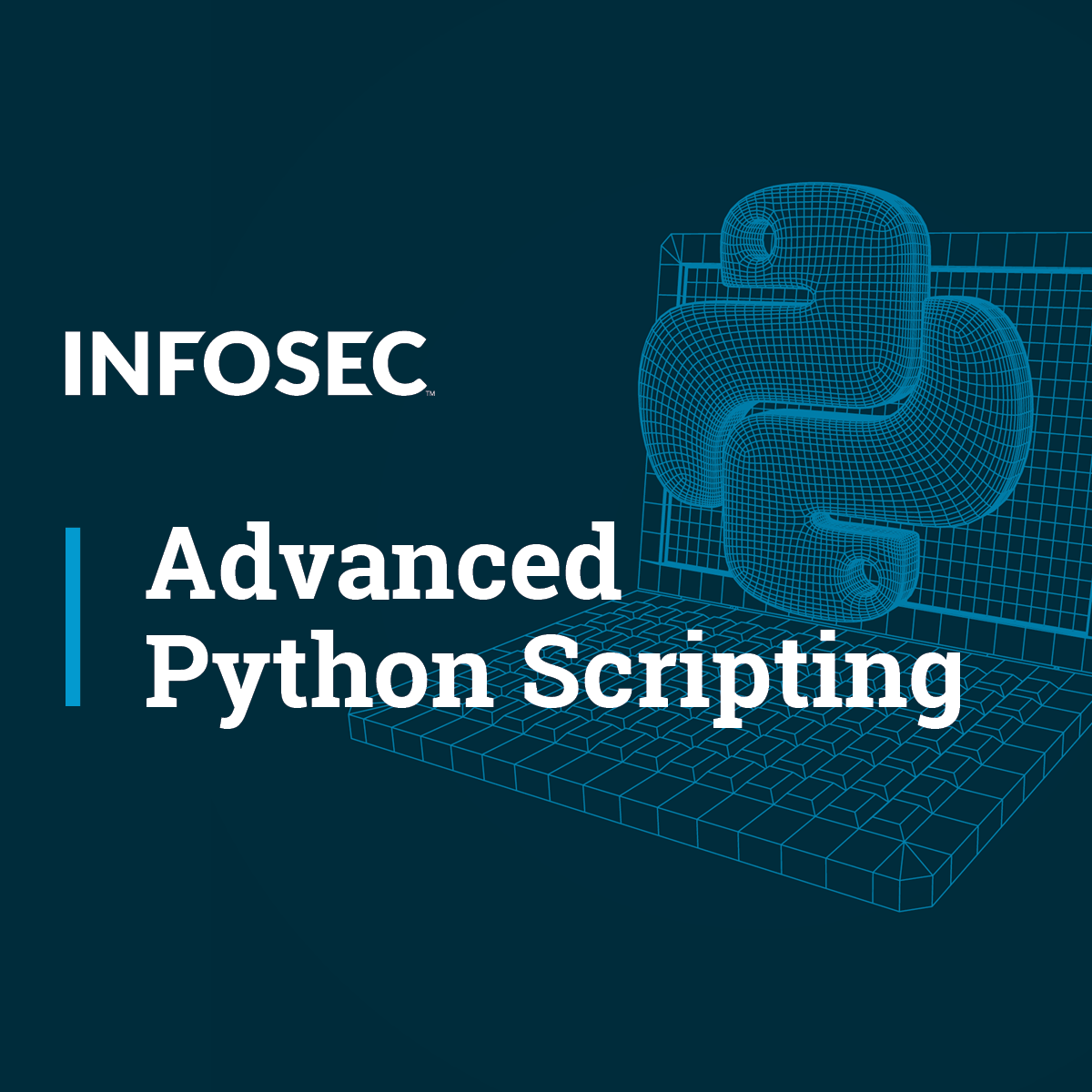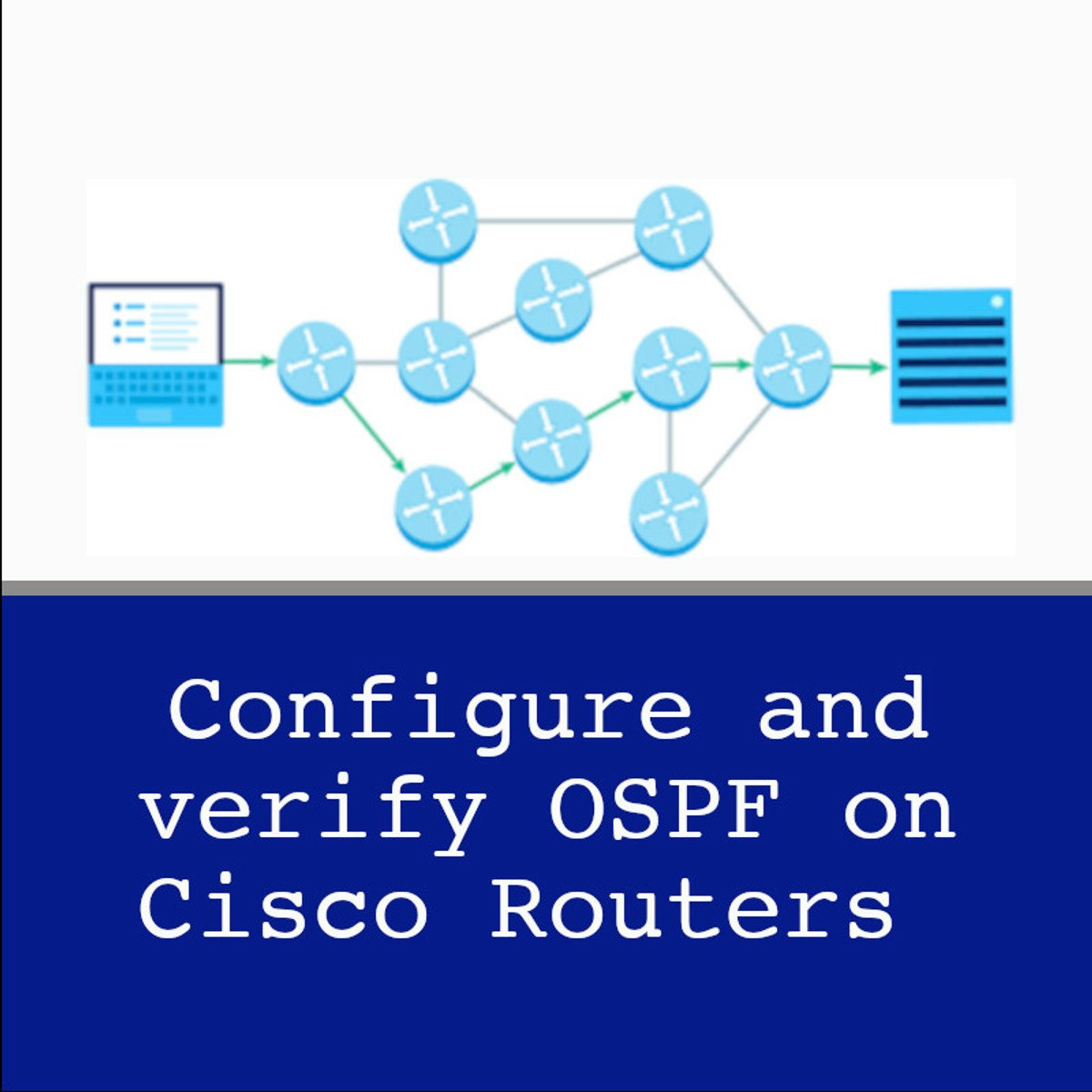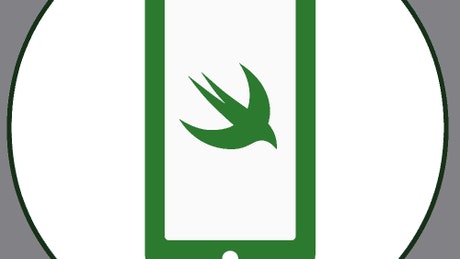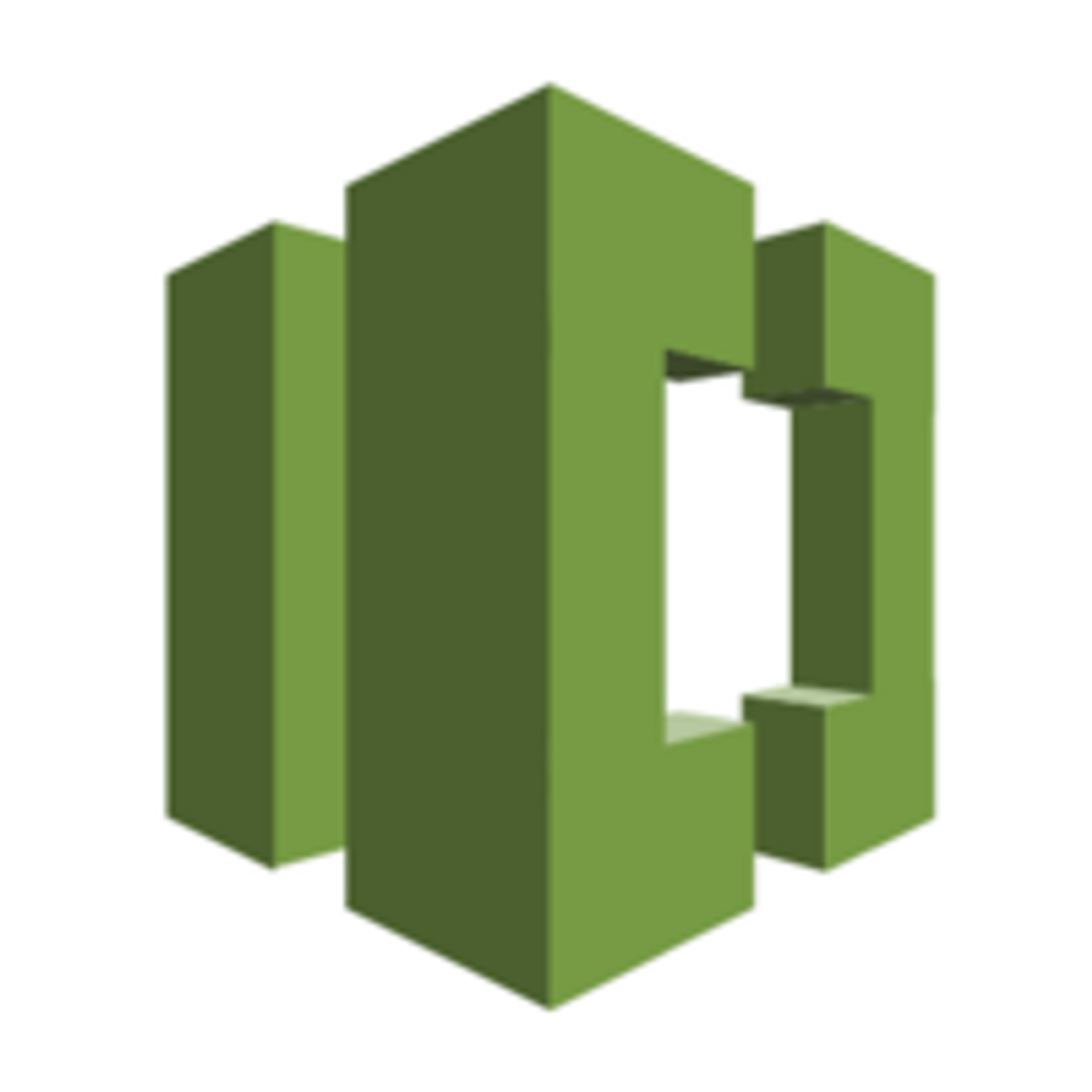Back to Courses









Computer Science Courses - Page 209
Showing results 2081-2090 of 2309

Create a Record of Students using Abstraction in Java
This project provides a step-by-step approach in instruction and will equip you with fundamental concepts of using abstraction in Java Programming, from the ground up. Using jGRASP development environment, you will create a Java project that creates students' records such as name, registration number, subjects, and learning costs. By the end of this project, you will be able to write a Java program using abstract classes and interfaces.
If this is the first time you are learning about abstraction you will benefit from writing programs from templates as well as a blank sheet to a fully functioning program. If you already have programming experience, this is an opportunity to refresh your skills in abstraction. No matter your level, you will be able to apply the skills obtained from this course in real-life programming exercises. To provide you with support outside the course, you will find a pool of additional notes and exercises that you can try at home.
If you ever wanted to build on your object-oriented skills in Java that you already possess and become better at using inheritance, this project is the right place to start!

Advanced Python - Reconnaissance
Welcome to advanced Python for Cybersecurity. The Reconnaissance course demonstrates the use of Python to automate the process of performing reconnaissance on target environments. We will also demonstrate how Python can be used to automate a password guessing attach to gain initial access to a target environment.

Algorithms, Data Collection, and Starting to Code
This course starts you on your journey learning about computational thinking and beginning C programming. If you’d like to explore how we can interact with the world in a rigorous, computational way, and would also like to start learning to program, this is the course for you!
You may have heard lots of talk about computational thinking recently, but if you ask 10 different people what it is you’ll probably get 10 different answers. Rather than trying to define computational thinking, we’ll just say it’s a problem-solving process that includes lots of different components. In this course, we’ll explore algorithms and data collection.
Most people have a better understanding of what beginning C programming means! You’ll start learning how to develop C programs in this course by writing your first C program; learning about data types, variables, and constants; and honing your C programming skills by implementing a variety of STEM computations. This course doesn't assume you have any previous programming experience, so don't worry if you've never written code before.
If that all sounds interesting to you, go ahead and jump into the course!
Caution: Beginning (assuming no prior programming knowledge) is not the same as easy (not hard to do). Learning to program IS hard to do, especially since the courses in this specialization are built from a freshman-level college course. Meeting the course challenges while you master the material will be rewarding to you, but doing that will require hard work and maybe even a few expletives along the way.
Module 1: Learn about algorithms and write your first C program
Module 2: Discover how we store data in our programs
Module 3: Explore how we use data collection to solve problems and answer questions
Module 4: Practice writing C programs to implement STEM computations

API Testing a real web application via Postman
API is an acronym for Application Programming Interface.
In software application (app) development, API is the middle layer also known as logic layer or backend layer and lies between the front-end (UI) and the database layer.
APIs enable communication and data exchange from one software system to another.
API testing is a software testing practice that tests the APIs directly — from their functionality, reliability, performance, to security.
In this project, we will practice the API testing of a real web application using the Postman tool covering scenarios like creating, updating, retrieving resources, and also the authorization flow using OAuth 2.0 flow

Configure and Verify OSPF Operation
Welcome to the CCNA 1.6: Configuring and Verifying OSPF operation. This project is the sixth in a CCNA learning series that is designed to help you acquire the hands-on skills required to pass the CCNA certification exam.
In this 2-hour guided project, you will setup OSPF on Cisco routers, configure OSPF router ID and priority to influence OSPF operation, set up unequal path load balancing, and verify OSPF configuration and operation.

Create High-Fidelity Designs and Prototypes in Figma
Create High-Fidelity Designs and Prototypes in Figma is the fifth course in a certificate program that will equip you with the skills you need to apply to entry-level jobs in user experience (UX) design. In this course, you will follow step-by-step tutorials to learn how to create high-fidelity designs, called mockups, in Figma, a popular design tool. Then, you’ll turn those designs into an interactive prototype that works like a finished product. You’ll conduct research to collect feedback about your designs and make improvements. Finally, you’ll learn how to share your designs with development teams and highlight your work in your professional UX portfolio.
Current UX designers and researchers at Google will serve as your instructors, and you will complete hands-on activities that simulate real-world UX design scenarios. Learners who complete the seven courses in this certificate program should be equipped to apply for entry-level jobs as UX designers.
By the end of this course, you will be able to:
- Build mockups and high-fidelity prototypes in Figma.
- Define and apply common visual design elements and principles.
- Demonstrate how design systems can be used to organize, standardize, and enhance designs.
- Understand the role of design critique sessions and feedback while iterating on designs.
- Learn how to hand off finished design projects to engineering teams.
- Complete mobile app designs to include in a professional UX portfolio.
This course is suitable for beginner-level UX designers who have completed the previous four courses of the Google UX Design Certificate. Alternatively, learners who have not completed the previous courses should have a strong understanding of the design process, how to create low-fidelity designs on paper and in Figma, and how to conduct usability studies.

iOS App Development Basics
iOS App Development Basics, the second course in the iOS App Development with Swift specialization, expands your programming skills and applies them to authentic app development projects. The topics covered in this course include Xcode basics, Core iOS and Cocoa Touch frameworks, simple user interface creation, MVC Architecture and much more. With a focus on using Apple’s components to access sensors like camera, microphone and GPS, by the end of this course you will be able to create a basic App according to specified parameters and guidelines.
Currently this course is taught using Swift 2. The team is aware of the release of Swift 3 and will be making edits to the course in time. Please be aware that at this time the instruction is entirely with Swift 2.

Creating And Controlling Git Repository Using AWS CodeCommit
In this 1-hour long project-based course, you will learn how to work with GIT Repositories on AWS CodeCommit. We will first look how to create authentication credentials to create a GIT repository using IAM Roles. We will then look at how to work with this repository using your local machine. We will look at how to commit & push code written by you and pull any changes made by other users.
We will then move on to look how we can use branches to maintain different versions of a project. Finally we will look at how to how to create tags to make commits more human readable. By the end, you should be comfortable in maintaining and sharing your code in AWS CodeCommit.
Note: This course works best for learners who are based in the North America region. We’re currently working on providing the same experience in other regions.

Database Operations in MariaDB Using Python From Infosys
Have you ever imagined performing various operations on a database without writing a single query? Did you know that Python can be used to accomplish these task effortlessly?
By taking this Guided Project, you will be able to accomplish exactly this task!
“Database Operations in MariaDB using Python” is for any system or database administrator who wants to automate their daily tasks of performing routine operations on a database.
By the end of this 1-hour long Guided Project, you will have created scripts written in Python to perform various database operations in a MariaDB server.
Get ready to easily CREATE, READ, UPDATE and DELETE employee data from a table within a company’s server.
Brought to you by Infosys, a global leader in next-generation digital services and consulting, this project is created by a certified Technology Associate in Python Programming, and Technology Analyst at Infosys.
Let's get started!

Introduction to Computer Programming
This MOOC provides you with the foundational skill set required to write computer programs. If you are interested in learning how to write interactive, graphical programs from an introductory level in a real programming language, this is the course for you. You will begin by learning the basics of editing and running programs. Then you will learn how to create 2D graphics using shapes and coordinates. Finally, you will learn how to create interactive graphics that you can control with the mouse. You will even solve a set of interactive puzzles using your coding skills in the Sleuth game which has been created especially for this course. The course uses the Javascript language and the p5.js library.
